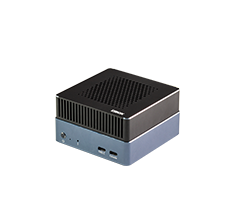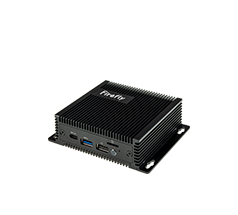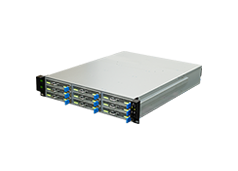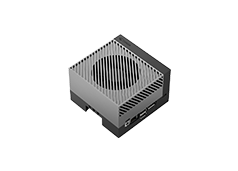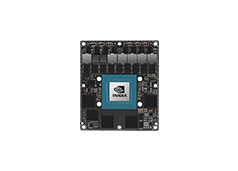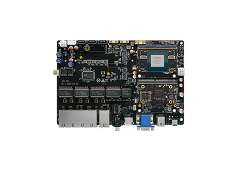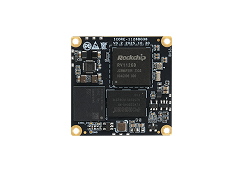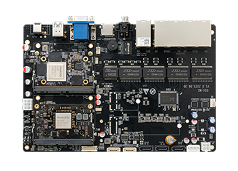Container Virtualization for Android
Introduction
Cloud phone is based on the technology of edge-cloud integration, and its core lies in virtualization. The implementation of virtualization determines the efficiency of hardware resource utilization. Currently, Firefly's RK3588 product series supports the AIC (Android in Container) technology, which runs Android on Linux system by using Docker. This technology features less performance loss and can increase virtual Android, making it widely used in cloud phones, cloud gaming, and more.
Feature 1: Less performance loss
Containers, featuring less performance loss, can access almost all resources, and dynamically adjust resources based on load, compared to the fixed allocation of cores and memory in virtual machines.
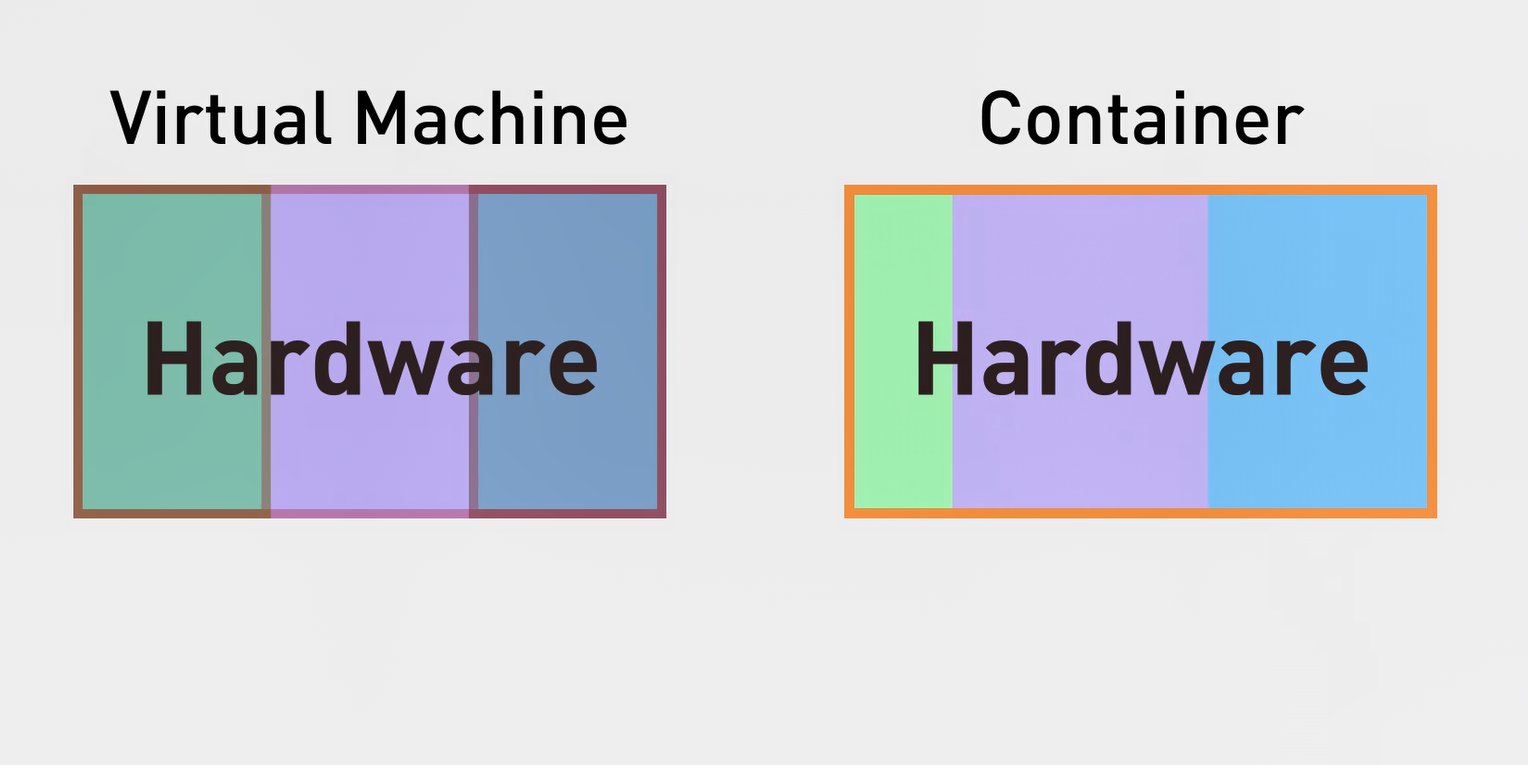
Feature 2: Run multiple instances of an application
A single chip can simultaneously run multiple Android phones. For example, a RK3588 device can run more than 10 mobile apps. If it is a cluster server with 72 cores, it can run up to 720 mobile apps.

Feature 3: Run multiple instances of a game
You can run multiple Android games at the same time, such as demanding games like "Genshin Impact". A single RK3588, using AIC, is able to simultaneously run two instances of this game with highest graphics settings at up to 35 frames per second.

Feature 4: Virtual cameras
The virtual Android camera in the container can take pictures and scan codes. And you can customize the images captured by the camera.

Feature 5: Easy to access and manage
Each Android container is assigned a unique IP address through macvlan. This allows the containers to operate as independent devices on the local network, enabling external access with ease. You can also use scrcpy through network adb, and OpenSTF to cast, debug and mange. Container management can also be easily done through Docker commands.
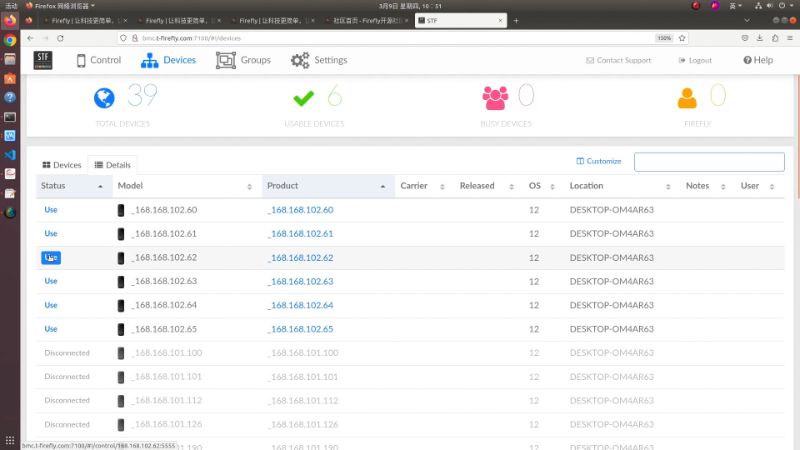
If you require any further information, please contact us at sales@t-firefly.com


